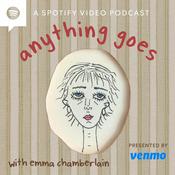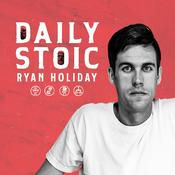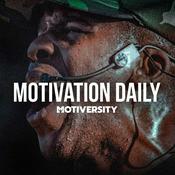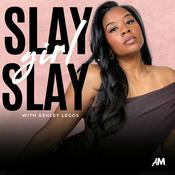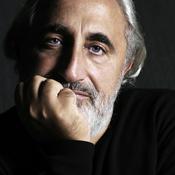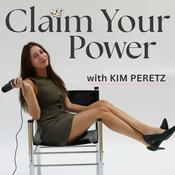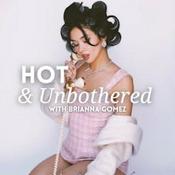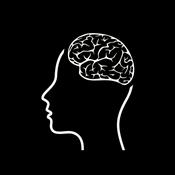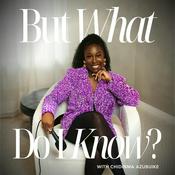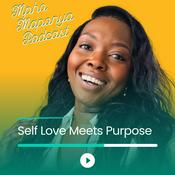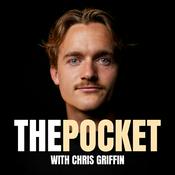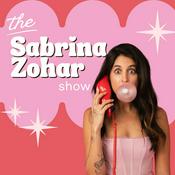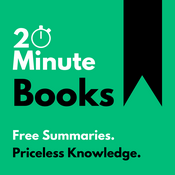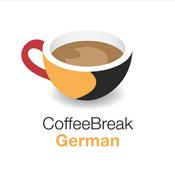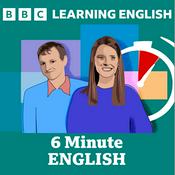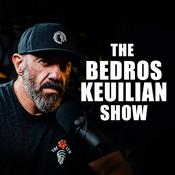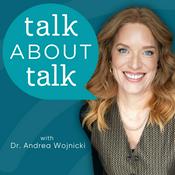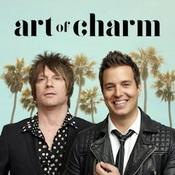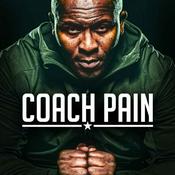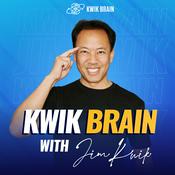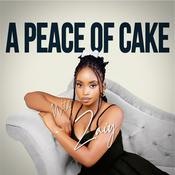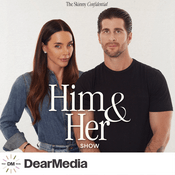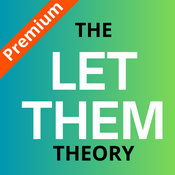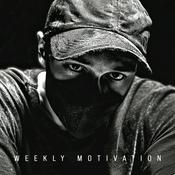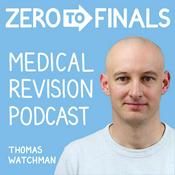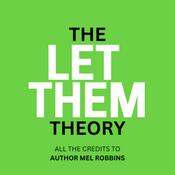223 episodes

Bootcamp Jan 2026 Day 5- Throughness & Topline
2026/1/04 | 1h 31 mins.
Join Strides with Amelia: https://amelianewcombdressage.com/strides/?utm_source=Podcast&utm_campaign=Strides+2026 enrollment closes Wednesday Jan 7th @11.59pm PTWatch the Replays: https://amelianewcombdressage.com/bootcamp-replay/?utm_source=Podcast&utm_campaign=Strides+2026 replays expire Wednesday Jan 7th @11.59pm PT

Bootcamp Jan 2026 Day 4- Creating Connection
2026/1/03 | 1h 42 mins.
Join Strides with Amelia: https://amelianewcombdressage.com/strides/?utm_source=Podcast&utm_campaign=Strides+2026 enrollment closes Wednesday Jan 7th @11.59pm PTWatch the Replays: https://amelianewcombdressage.com/bootcamp-replay/?utm_source=Podcast&utm_campaign=Strides+2026 replays expire Wednesday Jan 7th @11.59pm PT

Bootcamp Jan 2026 Day 3- Developing an Independent Seat
2026/1/02 | 57 mins.
Join Strides with Amelia: https://amelianewcombdressage.com/strides/?utm_source=Podcast&utm_campaign=Strides+2026 enrollment closes Wednesday Jan 7th @11.59pm PTWatch the Replays: https://amelianewcombdressage.com/bootcamp-replay/?utm_source=Podcast&utm_campaign=Strides+2026 replays expire Wednesday Jan 7th @11.59pm PT

Bootcamp Jan 2026 Day 2- Rhythm & Balance
2026/1/01 | 51 mins.
Join Strides with Amelia: https://amelianewcombdressage.com/strides/?utm_source=Podcast&utm_campaign=Strides+2026 enrollment closes Wednesday Jan 7th @11.59pm PTWatch the Replays: https://amelianewcombdressage.com/bootcamp-replay/?utm_source=Podcast&utm_campaign=Strides+2026 replays expire Wednesday Jan 7th @11.59pm PT

Bootcamp Jan 2026 Day 1- Goal Setting
2025/12/31 | 1h 1 mins.
Join Strides with Amelia: https://amelianewcombdressage.com/strides/?utm_source=Podcast&utm_campaign=Strides+2026 enrollment closes Wednesday Jan 7th @11.59pm PTWatch the Replays: https://amelianewcombdressage.com/bootcamp-replay/?utm_source=Podcast&utm_campaign=Strides+2026 replays expire Wednesday Jan 7th @11.59pm PT
More Education podcasts
Trending Education podcasts
About Dressage with Amelia
Listen to Dressage with Amelia, Pepp Talk Podcast and many other podcasts from around the world with the radio.net app
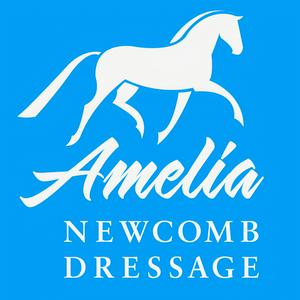
Get the free radio.net app
- Stations and podcasts to bookmark
- Stream via Wi-Fi or Bluetooth
- Supports Carplay & Android Auto
- Many other app features
Get the free radio.net app
- Stations and podcasts to bookmark
- Stream via Wi-Fi or Bluetooth
- Supports Carplay & Android Auto
- Many other app features


Dressage with Amelia
download the app,
start listening.


